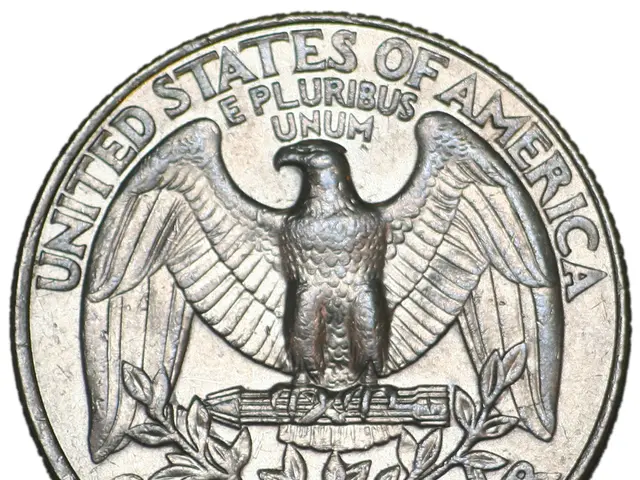Auto manufacturer GM revives autonomous vehicle project, over a year post-incident involving Cruise robotaxi operation
General Motors (GM) has announced a revitalized approach to its autonomous vehicle program, with a renewed focus on developing self-driving cars for personal use rather than robotaxi services[1][2][3]. The company is spearheaded by Sterling Anderson, a former lead of Tesla's Autopilot team, who outlined the new plans in a private meeting with employees on Aug. 6[1].
GM is initially concentrating on achieving hands-free, eyes-free driving technology with a human on board, before progressing to fully driverless vehicles[1][2][3]. To achieve this, the company is leveraging real-world data collected by its fleet of LiDAR-equipped vehicles, which are being driven by trained safety drivers across the nation[1][3][5].
The company's recent setbacks, such as the crash of the Cruise Origin robotaxi and subsequent regulatory uncertainty, have not deterred GM from its long-term commitment to autonomous vehicle technology[5]. In fact, the CEO, Mary Barra, has emphasized the importance of this sector, alongside existing hands-free systems like Super Cruise[5].
In addition to refocusing its autonomous vehicle efforts, GM is also working on integrating self-driving technology into the next-generation Chevrolet Bolt[4]. This move is expected to optimize resource allocation, as per-unit costs are projected to be lower for the Chevrolet Bolt[4].
However, the road to self-driving cars is not without challenges. GM recently announced changes to its Cruise division, including the layoff of 24% of its workforce and the dismissal of 9 executives amid a robotaxi safety probe[6]. Despite these setbacks, GM remains committed to its autonomous vehicle ambitions and is actively progressing towards personal autonomous vehicles[1][2][3][5].
[1] https://www.cnbc.com/2021/08/06/general-motors-announces-new-plans-for-autonomous-driving-initiative.html [2] https://www.reuters.com/business/autos-transportation/gms-cruise-shifts-focus-personal-vehicles-abandons-robotaxi-plans-2021-08-06/ [3] https://www.wsj.com/articles/general-motors-is-refocusing-its-self-driving-car-efforts-11628384268 [4] https://www.autoevolution.com/news/gm-is-working-on-autonomous-driving-tech-for-the-next-generation-chevrolet-bolt-165676.html [5] https://www.motorauthority.com/news/1131132_gm-ceo-mary-barra-says-the-company-is-still-committed-to-autonomous-vehicles [6] https://www.cnbc.com/2021/08/17/cruise-cuts-24percent-of-its-workforce-and-fires-9-executives-amid-robotaxi-safety-probe.html
GM is aiming to implement self-driving technology in their next-generation Chevrolet Bolt, as part of an effort to optimize resource allocation and lower production costs. The company is also focusing on technology development, with a primary goal of achieving hands-free, eyes-free driving in vehicles containing a human driver, before progressing to fully driverless models.




